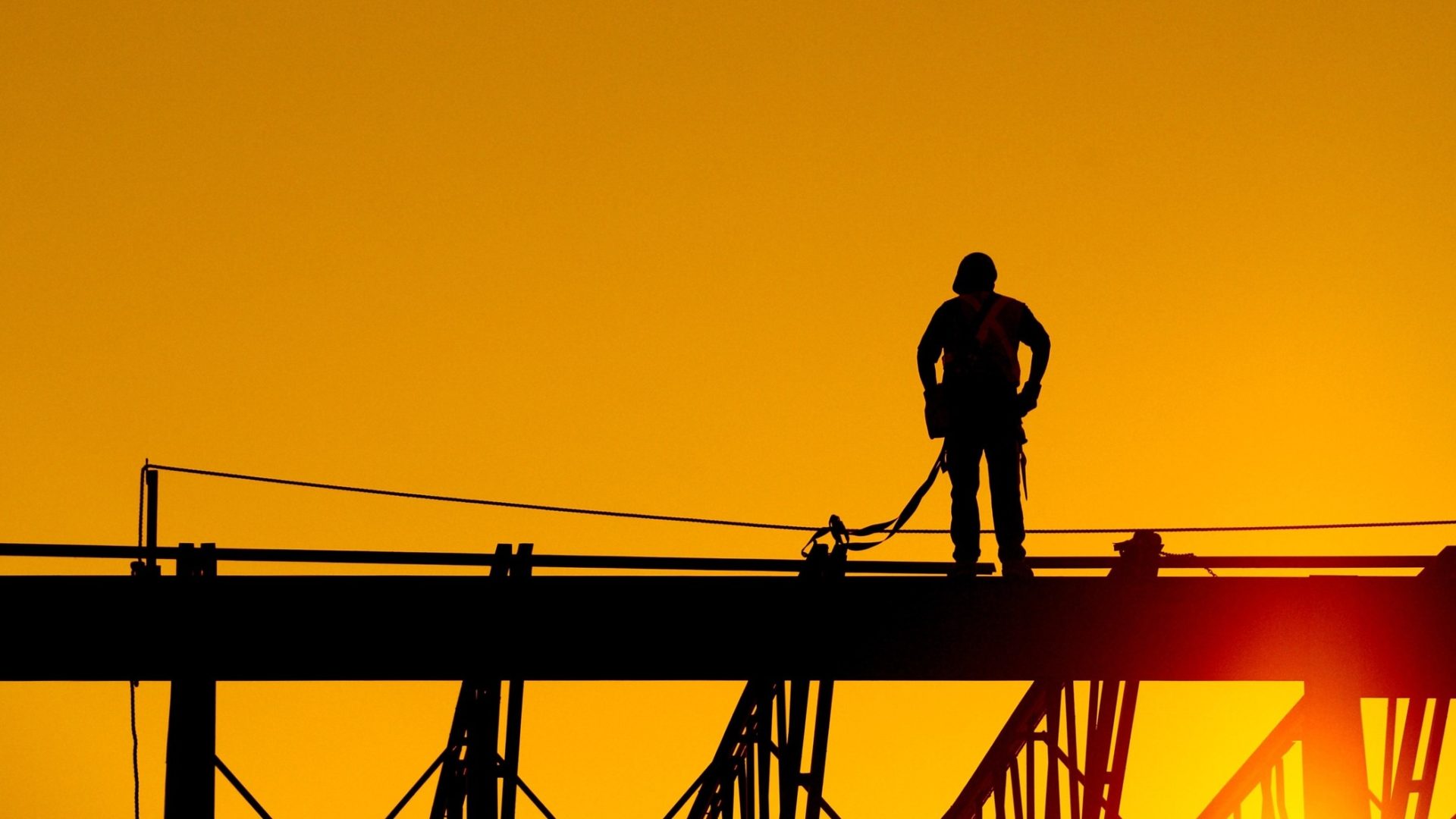With work at height accident and injury rates remaining stubbornly high, Alex Minett considers five ways in which technology can be used to improve safety when working at height.

1. Continue to review whether work at height can be avoided
The underlying principle of the Work at Height Regulations 2005 is to avoid work at height altogether and advances in technology are thankfully making this easier. For example, drones can replace manual inspection work and an expanding range of extendable tools means many tasks can now be successfully carried out from ground level. Meanwhile, modern methods of construction such as modular housing, allow windows to be installed within a controlled factory environment rather than on site, reducing the need for height safety platforms and the possibility of safety being compromised by bad weather.
Under the Construction (Design and Management) Regulations 2015 clients, designers, and contractors, must plan their approach to health and safety from a project’s outset, and where work at height is unavoidable they must consider how to minimise risk. This might, for example, involve designing in anchor points for fall arrest equipment on a roof so it can also be safely maintained once built. This focus on safety over a building’s entire lifecycle will be further reinforced by the new Building Safety Bill.
2. Explore new equipment
The right safety equipment can play an important role in improving safety for those working at height and it is an area where there is constant innovation. For example, PPE manufacturers are increasingly using ergonomics and anthropometrics to make safety equipment more comfortable and wearable. Wearable technology, which can identify who is working at height and give real time feedback on factors such as position, working height and heart rate is also being adopted.
Working at height is about understanding the dynamic risk assessment methods performed naturally everyday and applying them to specific tasks.
Finite element method (FEM) modelling is helping manufacturers understand how safety helmets with rotational protection can help protect against brain strain. This is a particular risk during a fall from height because of the frequency of oblique impacts which can cause rotational force to be transferred to the brain. In addition, impact sensors on safety helmets can show if someone has had an impact, how hard the impact was and even provide a person down alert.
3. Streamline inspection and maintenance
Work equipment should be checked regularly by a competent person and equipment should be tagged and inspection records kept. Ideally equipment should be checked before use and after adjustment or alteration, with additional inspections undertaken following adverse weather. This process can seem onerous but systems that use Near Field Communication (NFC) tags can help streamline and simplify the process. Plant compliance software such as CHAS Plant can be used to keep comprehensive records of inspection and maintenance of height safety plant and will ensure records are instantly accessible in the event of a site audit.
4. Embrace innovations in training
During covid restrictions the use of online certified training modules has risen. Interactive video training, which allows a trainer to walk the learner through a number of hazard identifying situations in real time either in person or over Teams/Zoom, have also become popular. Working at height is about understanding the dynamic risk assessment methods performed naturally everyday and applying them to specific tasks. The benefit of video training is that green screened backgrounds can be produced for any situation to help enable this.
Training packages that offer Virtual Reality (VR) to simulate working at height and accident scenarios are also a useful way of filling the gap between theory and practical training.
Workforce Credential Management Software, such as CHAS People, can help keep track of whether workers training is up-to-date and automatically issue reminders when it is due to expire.
5. Think carefully about culture
When it comes to building a culture of height safety, lead from the top. Make your expectations clear and communicate them throughout your supply chain. Choose accredited contractors who can demonstrate their commitment to high standards of health & safety such as those who are CHAS accredited. Encourage transparency with an open-door policy for employees and contractors to report unsafe situations or dangerous practice.
It’s also important to commit to recording near misses. While it was once popular to promote how many days have passed since the last reported accident, be aware this can discourage individuals from reporting incidents because they are concerned about ruining a company’s accident record. Instead, consider promoting how many incidents and near misses have been reported, thanking staff for their vigilance in reporting them and encouraging them to continue doing so in the future. This can help promote a good reporting culture and in turn provide valuable insight into how accidents and incidents occur.
Alex Minett is head of products and markets at the Contractors Health and Safety Assessment Scheme (CHAS).











